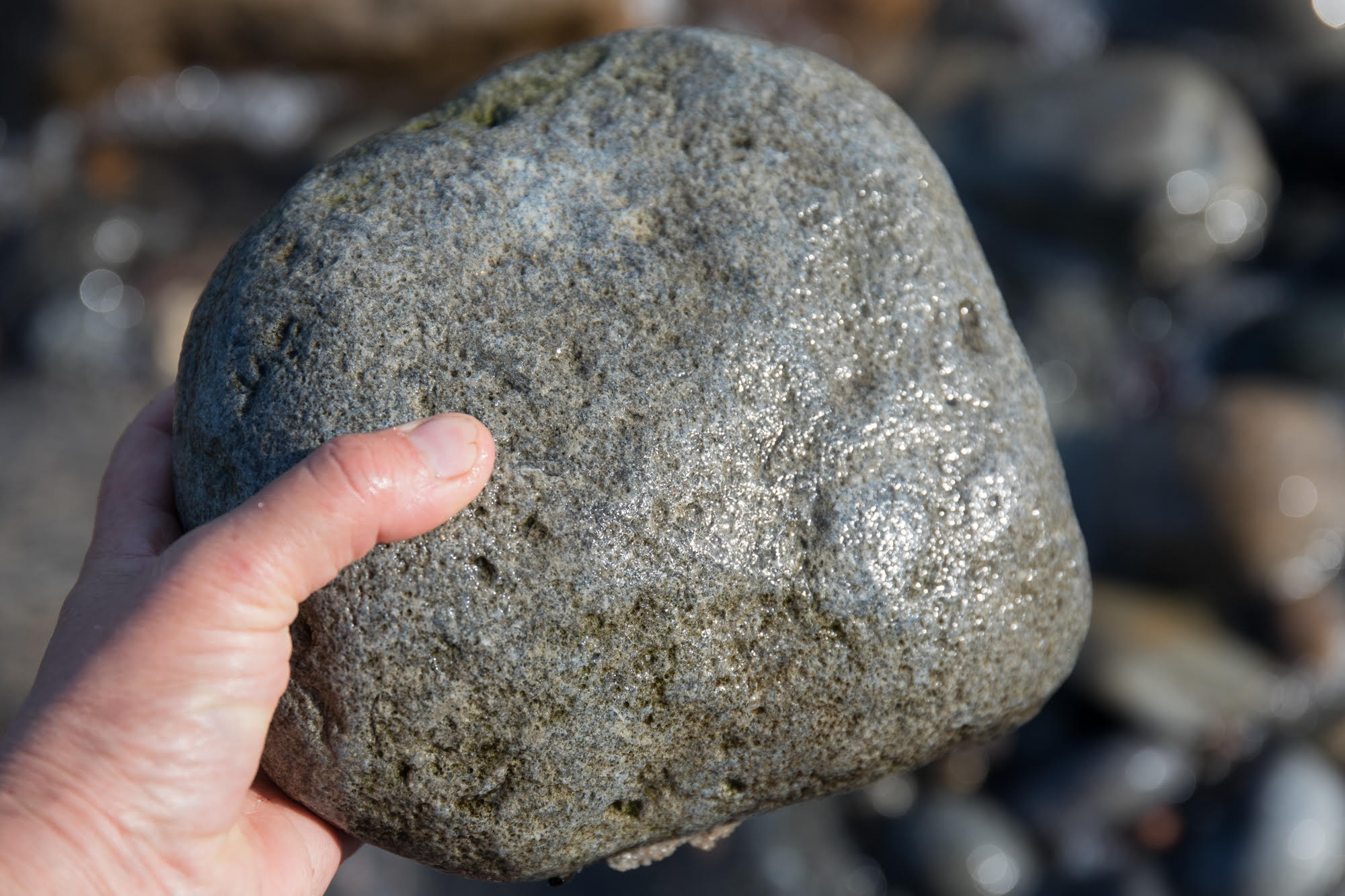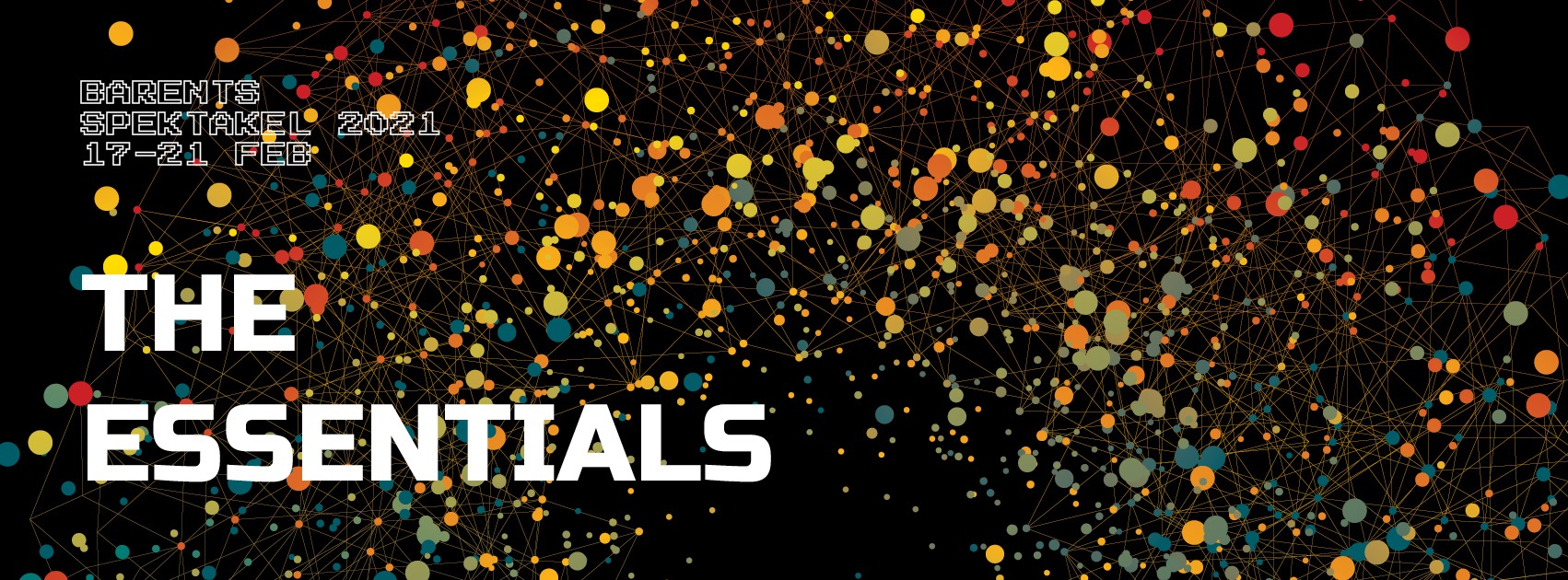-

Join us in a Midsummer Fertility Ceremony for Bladderwrack – an Invitation from (P)Art of the Biomass
During calm nights in May and June, and synched by the full moon, bladderwrack releases its eggs and sperms. If you want to pay tribute […]
-
The Posthumanities Hub Seminar on ‘Queer Death Aesthetics’, 27th May at 13:15 – 15:00 on Zoom.
Welcome to the Posthumanities Hub Seminar on Queer Death Aesthetics with speakers: Karolina Żyniewicz (University of Warsaw) and Jacob B. Riis (Aarhus University)! Queer Death […]
